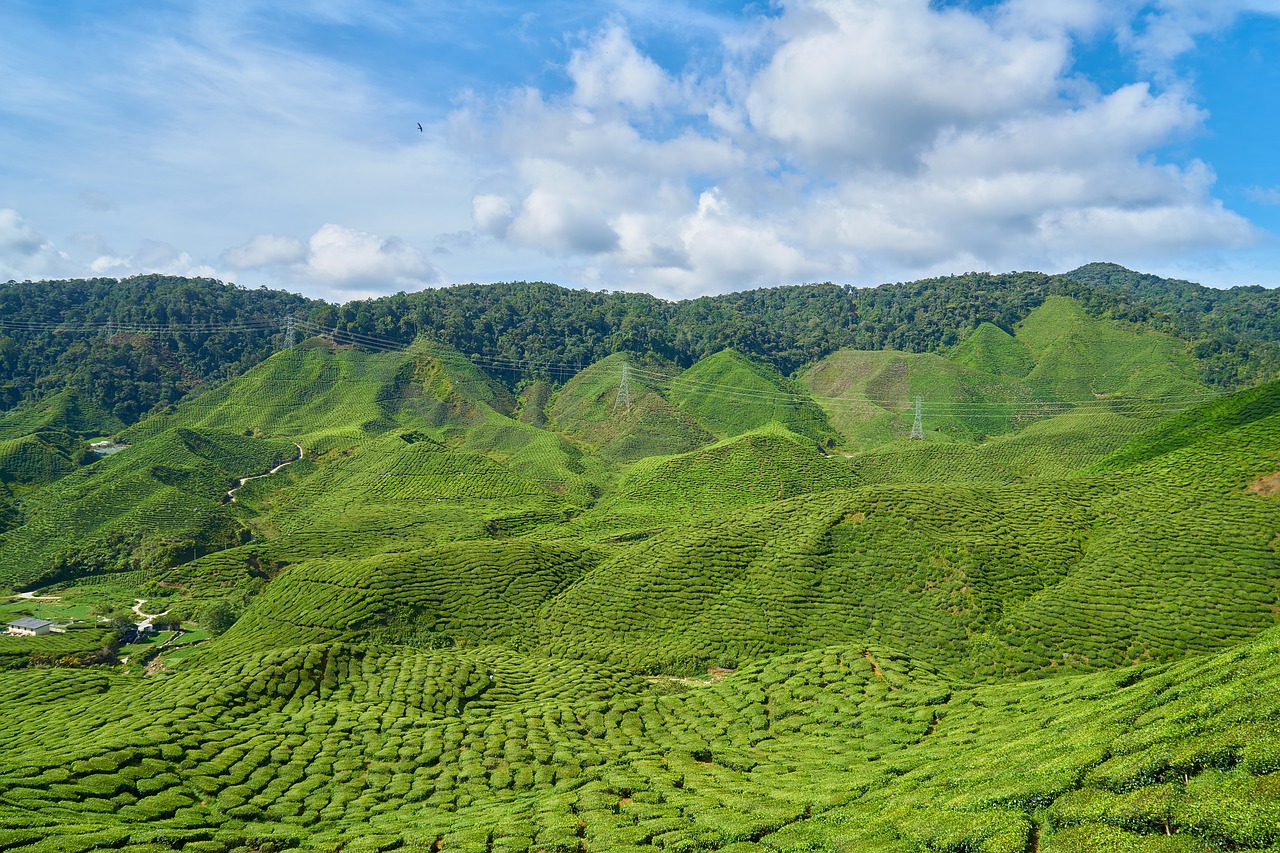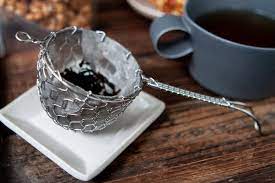India gradually loosens its control on tea the difference between Indian black tea and Chinese black tea what is the best kind of tea in India
In September, the Indian Tea Commission suspended seven chapters of the Tea Act of 1953 after the Indian Ministry of Commerce and the Ministry of Industry decided not to restrict tea planting sites and growers. As India gradually deregulates the tea industry, 17 of the 51 provisions of the bill are no longer enforced. The announcement immediately raised concerns about quality and oversupply caused by uncontrolled growth, which many feared would lead to a fall in overall prices. Today, this organized department produces less than half as much tea as Indian tea, but at a much higher price than the typical smallholder who sells raw tea to the acquired tea factory. Prabhat Bezboruah, chairman of the Tea Committee, believes that some provisions of the Tea Act are obstacles for new entrepreneurs to enter the United States. Deregulation would attract new investment and open up new areas in areas such as Bihar, * and Mizoram, which are promising but previously off-limits. Business Raha, Secretary General of the Tea Association of India (ITA), told the Times of India, "excess brewing threatens the sustainable development of the industry, and the free expansion of tea areas in the past few years has been due to the balance of non-maintenance supply and demand, adversely affecting prices." Deregulation will lead to uncontrolled and harmful expansion, he wrote.

In Assam, the decision freed thousands of small farmers from the vicious restriction that they must have all the rights to prove that they can get permission to grow tea. In most cases, small farmers occupy land previously cultivated as plantations, but the land has long been disbanded. They cannot claim ownership and lack the resources to lease properties under existing regulations. In 2020, small farmers produced 52 per cent of India's tea, mainly for black CTC (cutting, tearing, crimping) production, but there are also a growing number of professional tea producers. Of the hundreds of thousands of acres cultivated by sharecroppers, few have a legal license. Now they no longer break the law. In the face of falling export earnings, the Indian Ministry of Commerce and Industry also announced funding for several projects to encourage exports and subsidize mechanization. "exports have been stagnant for the past 10 years," Anupriya Patel, India's commerce and industry minister, told tea executives during a recent visit to Assam. She announced an allocation of 980 million rupees ($13 million) to promote tea exports in northeastern India. The Indian Ministry of Agriculture's five-year Tea Development and extension Program (TDPS) provides growers with 9.67 billion rupees (US $130 million), of which 29.8 billion rupees are used to subsidize existing subsidies and 10 billion rupees are used to subsidize women and children in Assam and West Bengal. Tea production rebounded in 2021, up 18 per cent from the first eight months of 2020 to 792 million kilograms. It is estimated that 211794 tea farmers grow 1.6 million acres (636557 hectares) of tea. According to Bezboruah, the Tea Committee is being transformed into a more relevant body, focusing on marketing and promotion.
Important Notice :
前街咖啡 FrontStreet Coffee has moved to new addredd:
FrontStreet Coffee Address: 315,Donghua East Road,GuangZhou
Tel:020 38364473
- Prev

Dior Singapore New Creative Cafe Dior Dior Coffee pop-up Coffee Cafe how much is a cup of new drink?
Dior has built a pop-up coffee shop in this country! According to Yahoo News on October 21st, French fashion brand Dior Dior opened a flash coffee at the TheCliffordPier restaurant at the FullertonBayHotel Hotel in Singapore.
- Next

Loose leaf tea and tea bags are suitable for what scene to drink? Which brand tastes better, loose leaf tea or tea bag? Does black tea really have a refreshing effect?
Almost all offices provide employees with high-quality coffee. However, there is almost no other tea in the office building except for low-quality tea bags. Tea is the most popular drink in the world, with three cups of tea for every cup of coffee. We think that tea should get more attention than in the office! There is tea.
Related
- Being chased out of the rain in front of Starbucks?! Store: Sheltering from rain under umbrellas poses a safety hazard
- The white moonlight has changed?! Lucky launches "Big Winter Pear American"
- Hand-brewed coffee three-stage method, high-sweet and universal brewing method to share! What does the high sweet water level of hand-brewed coffee mean?
- What is the difference between raw, refined and full espresso coffee? How to extract espresso and taste good?
- A complete list of coffee bean names and their meanings! What is Yejia Shefi coffee? Where is Mantelin coffee?
- What grade does Arida Manor Kaduai coffee beans belong to? What treatment is Arida ASD slow anaerobic sun exposure?
- The milk tea cup becomes smaller?! Overlord Tea Girl launches a new "Return to Yunnan" series
- Accused of selling counterfeit and high-priced coffee beans! Well-known boutique coffee brand "Oukelao" bowed and apologized!
- How to make espresso dumplings? Can I eat coffee and glutinous rice balls together?
- Save the unformed and stagnant powder cakes in one second! What is the problem with stagnant water in the powder bowl of the espresso machine?

